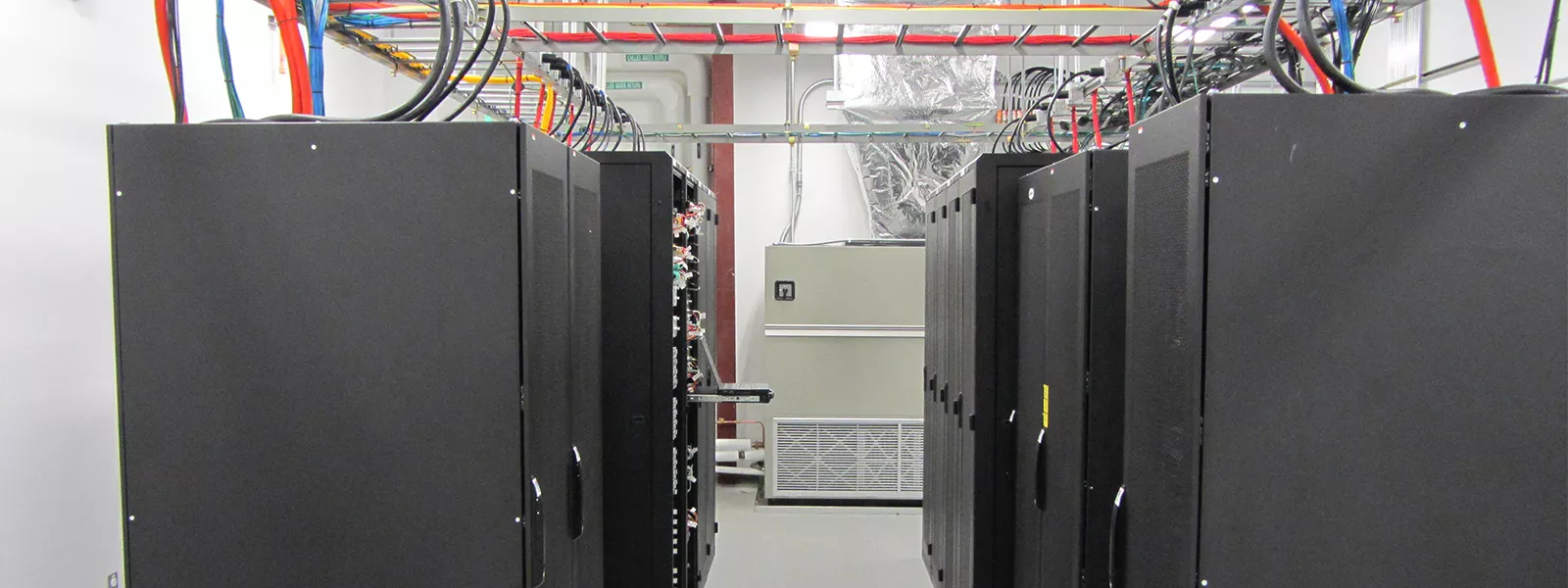Hughes JUPITER System: The VSAT System that Set the Bar
Connecting the new possible, the Hughes JUPITER System supports consumer and enterprise broadband, cell backhaul, and aero and maritime mobility satellite implementations.
The Hughes JUPITER™ System makes every next connection possible with software-defined architecture, 5G-ready design, and virtual, cloud-enabled network management. Engineered by Hughes, the world’s leading satellite broadband operator, the JUPITER System powers millions of connections worldwide. Contact us for more information about connecting to the new possible with the standard-setting JUPITER System from Hughes.
The power of possible.
A Very Small Aperture Terminal (VSAT) platform for broadband satellite service on both conventional and High-Throughput Satellites (HTS), JUPITER is the most widely used VSAT system in the world. It puts the power of possible in a scalable ground platform, enabling you to deliver multiple services from your satellite assets with management simplicity, operational efficiency, and the best price-to-performance ratio in the industry.
Enabling connectivity worldwide.
The JUPITER System enables connectivity around the globe, including Egypt, Indonesia, the Philippines, sub-Saharan Africa, Australia, Oman and more. It powers a range of satellite applications, such as Cellular Backhaul, Community Wi-Fi, Aeronautical and Maritime Mobility, and internet access.
Constant innovation.
Manufactured in the Hughes factory in Maryland, U.S.A., the JUPITER System benefits from continuous innovation and is now in its third generation, “Series 3,” that includes:
- Hubs or gateways
- User terminals (VSATs)
- Software that is regularly updated
- Automated Operations Support Systems (OSS) and Business Support Systems (BSS)

Flexible and scalable hardware.
New JUPITER System Series 3 terminals, data centers and gateways combine leading edge electronic components and private cloud architecture, better integrating the new class of geostationary satellites with terrestrial networks to increase adaptability, boost throughput and reduce latency. These latest enhancements include:
- A new “system on a chip” inside every remote terminal, capable of delivering high-speed service at more than 400 Mbps down (made possible by a new 500 MHz waveform with higher decode rates)
- High density gateway architecture that utilizes a pool of modems and IP processing resources to support more than 50 Gbps per rack
- Thin gateway construction with equipment inside the pedestal makes it easy to install near cloud data centers and internet on-ramps for faster speed and lower latency services
- Centralized data centers – necessary to support Q-band and V-band gateways – that manage traffic acceleration and routing (vs. a distributed model where processing occurs in each individual gateway), helping reduce gateway cost
- Best cost/performance Very Small Aperture Terminals (VSATs) powered by the new system on a chip
- Private cloud-delivered network management gives operators anytime, anywhere insight and control over their satellite implementations
Smarter software for superior service.
Operators of the JUPITER System – both new and existing – enjoy a smarter approach to network orchestration and management thanks to regularly updated software. The latest enhancements enable:
- Software-defined satellite networking with powerful APIs and quick modem reconfiguration processes to best implement the new class of software-defined and flexible payloads
- Hughes ActiveTechnologies™ for quality of service, traffic flow control, intelligent path control, and application prioritization
- Dynamic inroute reconfiguration adjusting return channel carriers to deliver the highest possible efficiency for all applications
- Faster and centralized beam switching to improve the aero and maritime mobility user experience
- Intelligent software defined networking (SDN) for near instant gateway traffic switching across Q-band and V-band to ensure smooth service regardless of weather or traffic changes
- Dynamic traffic load balancing across gateways and across data centers
- System level VNO support for ability to define and manage VNO bandwidth at system level (in addition to beam and gateway levels)
- Series 3 hardware-ready so that operators can install and configure JUPITER System Series 3 components
(Certain features, such as support for flexible payloads and Q- and V-band feeder beams, may require new hardware.)
Related Resources
Together, we’re bridging the digital divide and creating a world without limits. Connect, innovate, and transform with the Hughes JUPITER System.
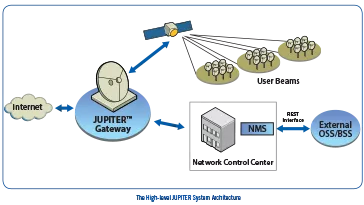
Discover the next-generation, high-throughput platform for satellite broadband networks.
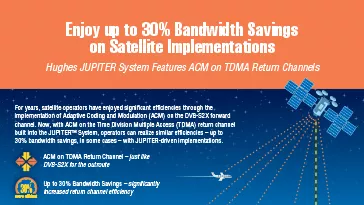
JUPITER System implementation helps satellite operators realize up to 30% bandwidth savings.

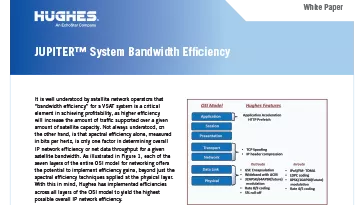
Efficiencies implemented across all layers of the OSI model deliver highest possible overall IP network efficiency.

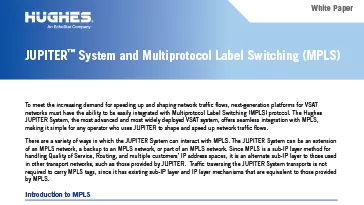
Enjoy seamless integration with an MPLS in a variety of ways.


JUPITER System architected with internal IPv6 transport network delivers benefits to network operators.
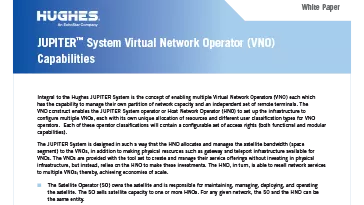
System capable of enabling multiple VNOs with unique allocation of resources.
Bhanu Durvasula highlights the importance of recent successful tests for 5G satellite backhaul and what that means for interoperability.




